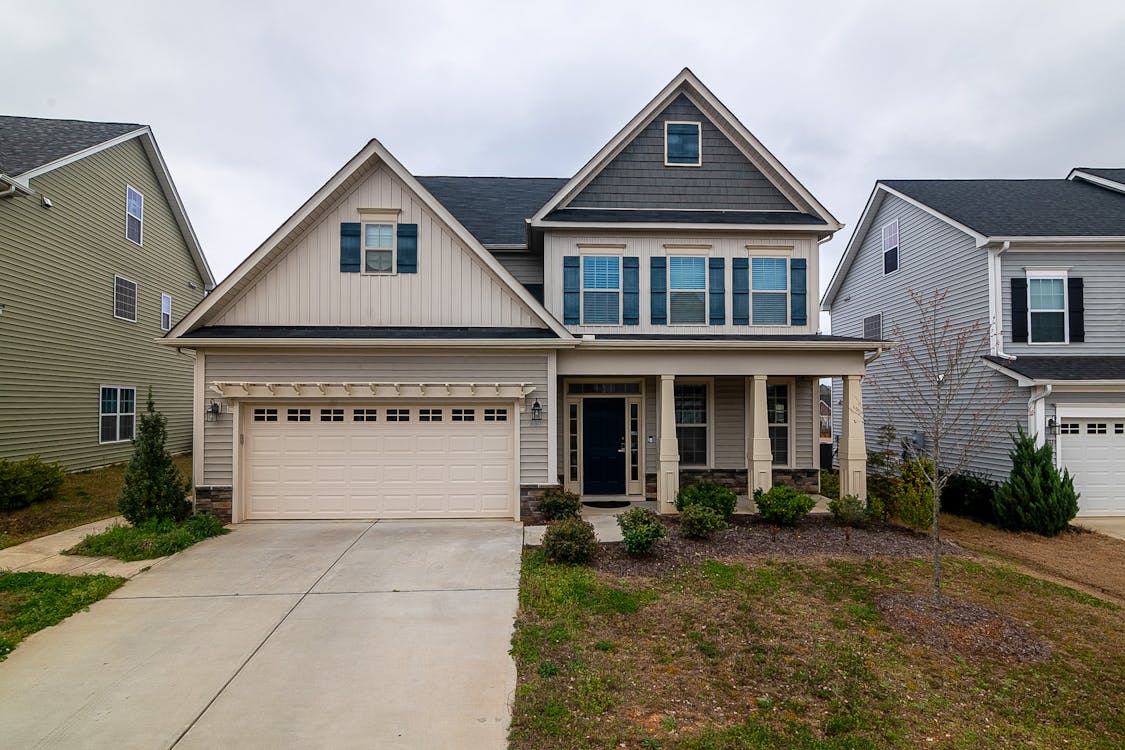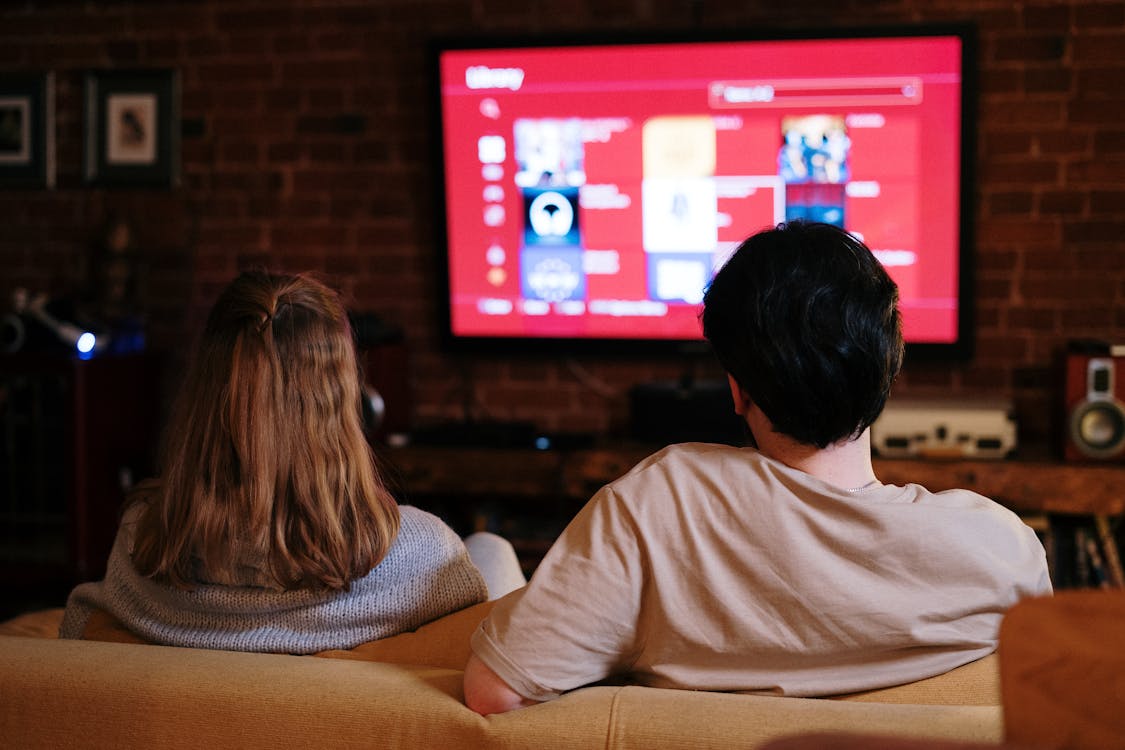Obsidian Gets Real About The Outer Worlds 2
With the launch of The Outer Worlds 2 just around the corner, the master RPG builders at Obsidian Entertainment are opening up about the development process. In a recent interview, the team got candid about the lessons they learned from the first game and how that experience has been the driving force behind making the sequel a much larger and more ambitious adventure. It’s a fascinating look into how a beloved game evolves, driven by both the creators’ ambitions and the voice of the fans.

The Number One Piece of Feedback: ‘We Want More’
According to the developers, the response to the first The Outer Worlds was overwhelmingly positive, but one piece of feedback came through louder than any other: players wanted more. Game Director Brandon Adler explained that user research and general community buzz all pointed to the same desire. It wasn’t a complaint, but a passionate plea for a bigger universe to explore.
“The biggest things they wanted from future products were to make bigger areas, ‘make more stuff for us. We want to experience more of this, we want a little more gameplay length,’” Adler said. This clear message gave the team an easy target. They knew from the very beginning of the sequel’s development that scale had to be a top priority.
Breaking Free from the Chains of a Smaller Game
The desire for a bigger game wasn’t just about adding more content for content’s sake. The smaller scope of the original game placed significant restrictions on the design team, particularly when it came to the kind of deep, branching reactivity that Obsidian is famous for. The team simply couldn’t create choices that would have massive, game-altering consequences.
“We can’t have a decision you make cut off 10% of the game when the game’s 20 to 30 hours long. That’s just not going to happen,” Adler explained. With The Outer Worlds 2, the larger scale gives them the freedom to go back to their RPG roots. It allows them to design quests with real, meaningful consequences, where a player’s choice can genuinely lock them out of certain paths or dramatically change the world around them. This is the kind of deep reactivity the team was “just waiting to tackle” in a sequel.

The Advantage of Building on a Solid Foundation
Starting work on a sequel provided a huge advantage. The team didn’t have to spend precious time prototyping basic systems or establishing the game’s unique tone. That foundation was already solidly in place from the first game. This allowed them to hit the ground running and focus their energy on bridging the gap between where the first game was and where they wanted the sequel to be.
Leonard Boyarsky, a co-creator of the original, recalled how easy the initial conversations were because the team already had a long wishlist of features and ideas they couldn’t fit into the first game. This head start is what’s allowing them to deliver on the promise of a bigger, more complex, and more reactive experience.

Conclusion
The Outer Worlds 2 is shaping up to be more than just a standard sequel. It’s a direct response to the community and a realization of the development team’s original ambitions. By taking the lessons from the first game to heart, Obsidian is crafting a deeper, more expansive adventure that gives players more of what they loved while giving the developers the space they need to create a truly reactive RPG. It’s a win-win that has us incredibly excited to return to the Halcyon colony later this month.
FAQs
- 1. What was the main lesson Obsidian learned from the first The Outer Worlds?
- The main lesson was that players wanted a bigger world, more content, and a longer gameplay experience. This became the top priority for the sequel.
- 2. How did the size of the first game limit its design?
- Its shorter length (around 20-30 hours) made it difficult for developers to include choices that would cut off large portions of content, limiting the game’s overall reactivity.
- 3. Will The Outer Worlds 2 have more meaningful choices?
- Yes. The developers have stated that the larger scale of the sequel allows them to implement deeper RPG reactivity, meaning choices can have bigger, more significant consequences.
- 4. Did Obsidian know they wanted to make a bigger sequel from the start?
- Yes. According to the interview, even before the first game was released, the team knew that if they made a sequel, it would need to be bigger to fulfill their design goals.
- 5. Why is it easier to develop a sequel in this case?
- The development team already had a solid foundation for the game’s tone and basic mechanics, which allowed them to focus their time and resources on expanding the world and deepening its RPG systems instead of starting from scratch.
- 6. When is The Outer Worlds 2 coming out?
- The game launches on October 29, 2025, with a Premium Edition offering early access on October 24.